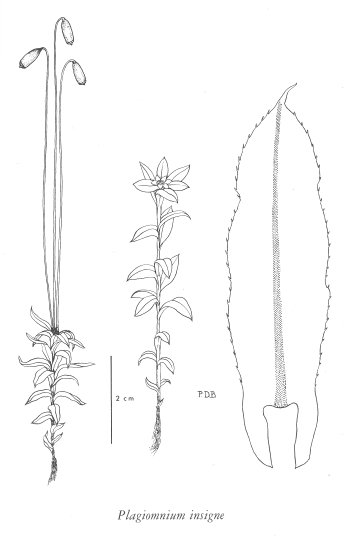E-Flora BC: Electronic Atlas of the Flora of British Columbia
Plagiomnium insigne (Mitt.) Kop.
coastal leafy moss (plagiomnium moss) Mniaceae Species Account Author: Wilf Schofield Extracted from Some Common Mosses of British Columbia Introduction to the Bryophytes of BC
|
||||||||||||||
